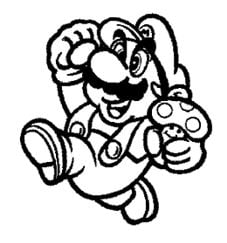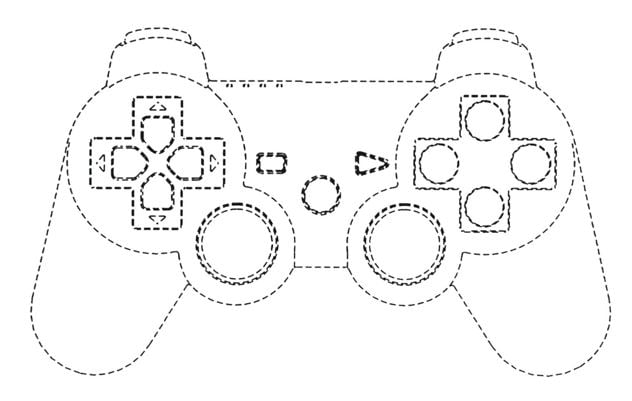Last November's Paris Games Week showcased the burgeoning video game industry. Game sales reached an impressive $190 billion in 2023, marking a remarkable rise in recent years.
Mobile games in particular dominated the market, accounting for 56% of the share, surpassing computer or console games, according to the French Agency for Video Games. This year is also a record year in terms of releases, with an exceptional number of 14,531 games published on the Steam platform, which underlines the effervescence of this industry.
The growing influence of artificial intelligence is also significant, with the gradual transition to chatbots for interactions with non-player characters (NPCs). This evolution opens up an endless range of possibilities for players.
The video game industry is also marked by a phenomenon of convergence with the film industry, illustrated by a multiplication of film or series adaptations (Super Mario Bros. the movie or The Last of Us, for the most famous).
Intellectual Property Tools
In this competitive environment, significant investments are needed, both in the creation and promotion of games.
Intellectual property tools then become crucial to consider a return on investment.
Trademark law, with iconic examples such as Super Mario Bros, Tetris, and Minecraft, plays a central role in this artistic universe.
The video game industry, always at the forefront of technological advances, requires rigorous protection of innovations (both in terms of hardware and programs). Patent law is therefore essential to secure these advances.
And design law is proving to be a valuable tool, particularly in the protection of the design of consoles and accessories.
005889134

ACCESSORY DEVICE
JP2018110831A (B1) • 2018-07-19 • NINTENDO CO LTD
.jpg?width=372&height=460&name=Capture2%20(1).jpg)
US11417042B2 Animating body language for avatars
.jpg?width=426&height=299&name=Capture3%20(1).jpg)
000610860-0001
Filing date 18/10/2006
Controllers for arithmetic and control units



